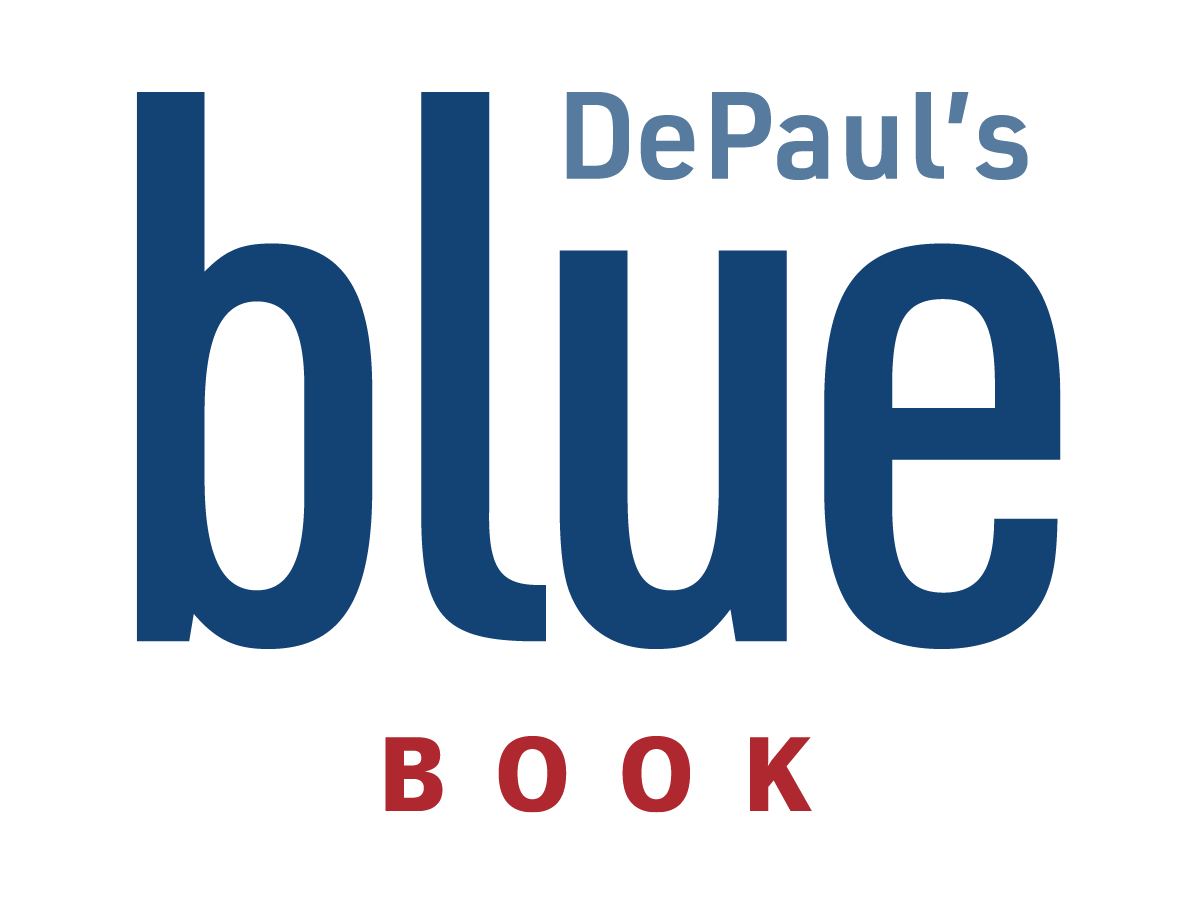
Barrie Jean Borich
Borich is a professor in the English Department and MFA/MA in Writing and Publishing Program at DePaul. She leads nonfiction writing workshops for graduate and undergraduate students at DePaul, teaches courses in LGBTQ memoir, multicultural memoir, and the history and practice of the American literary magazine, and she edits Slag Glass City, a digital journal of the urban essay arts.
The Music of Character in Memoir
by Barrie Jean Borich
Character may be the area where memoir is the most unlike fiction, because memoirists will never be able to fully speak from a deep character point-of-view separate from our own. Our characters are not inventions; they are actual people potentially wounded by any words we publish about them, leaving the creative nonfiction writer a relatively limited ethical field within which to work. This means that characters in most memoirs play a much different role than they do in most novels, functioning as portraits and foils for the narrator, rather than as longing and obstacle-battling narrative engines, advancing plot.
When talking about creating character in creative nonfiction we begin, as does the fiction writer, with the classic five-pack of character development: What do they look like; what do they say; what do they do; what do they say about themselves; what do others say about them. From these elements, as in fiction, memoirists are able to bring a sketch of human character to the page. We may also refer to the definition of character John Gardner described in his classic text The Art of Fiction, as an agent struggling for his or her own desires, reminding us that characters, to take full presence on the page, must act, not just be acted upon (65).
What then is needed to deepen the memoir portrait? Some creative nonfiction writers have used third person point of view as a tool to unfurl human presence on the page—though in most cases this strategy is merely another way to expand the first person. Some memoirists employ a limited third person point of view guided by deep interview, capped off by what a subject is willing to reveal in response to the writer’s questions. Some memoirists even digress temporarily into invention, a move tempered by any essay or memoir’s structural ability to withstand tangent.
In these cases—as in a more straightforward descriptive portraiture in which the narrative lens of a first-person narrator’s point of view is clear—the people on the page are essential elements of the narrative atmosphere, necessary to provide the reader with concrete understanding of a narrator’s world, but which operate in the manner of what Virginia Woolf called “moments of being” (70), carrying the reader past the skin and bones of the human subject, into the observable cloud of impression all humans leave in their wake. We understand people through the sound and movement of their existence as well as their physical and psychological impression, which is an approach to portraiture that moves away from the longings and obstacles of plot formation and into the “music of character.”
By “music of character” I mean a literary strategy that gets at our encounters of be-ingness— a symphonic impression or experience of moment, image and understanding, obtained without telling a story or attempting to explain, but rather achieved through opening the subject to some gut-felt view. The music of character can shatter a reader into a sound and shade of consciousness that can’t be achieved in any other manner. Sometimes that impression or understanding comes of letting go of discursive meaning, the way we might experience a jazz improvisation or abstract painting. When we approach character as experience rather than story we get to the evocation of observable human presence.
This craft essay is adapted from:
“Deep Portrait: On the Atmosphere of Nonfiction Character” by Barrie Jean Borich. https://www.assayjournal.com/barrie-jean-borich-deep-portrait-on-the-atmosphere-of-nonfiction-character65279-21.html
Works Cited
Gardner, John. The Art of Fiction: Notes on Craft for Young Writers. New York: Vintage: Random House, 1983.
Woolf, Virginia. Moments of Being. Ed. Jeanne Schulkind. New York: Harvest/Harcourt Grace & Company,1985.

